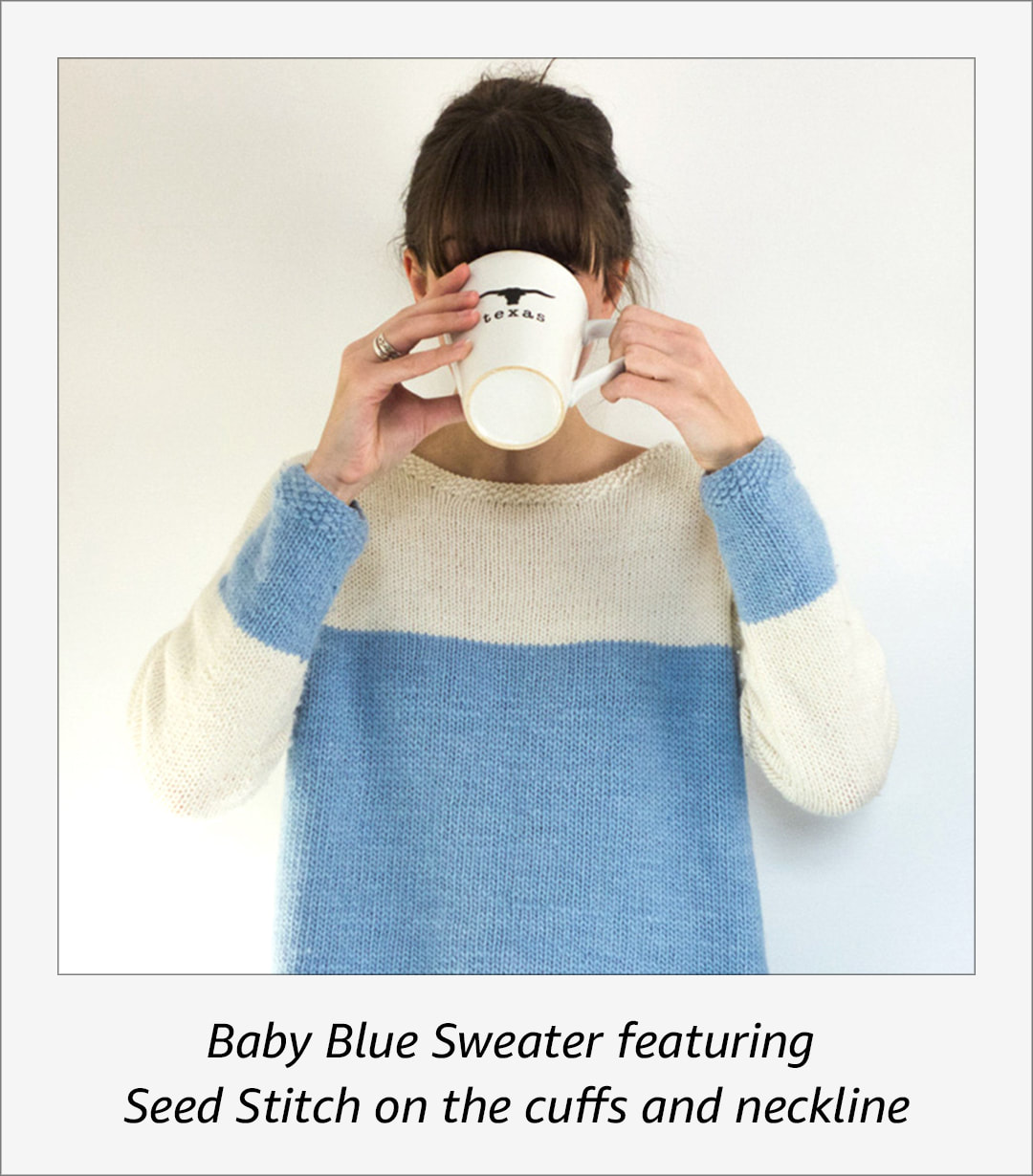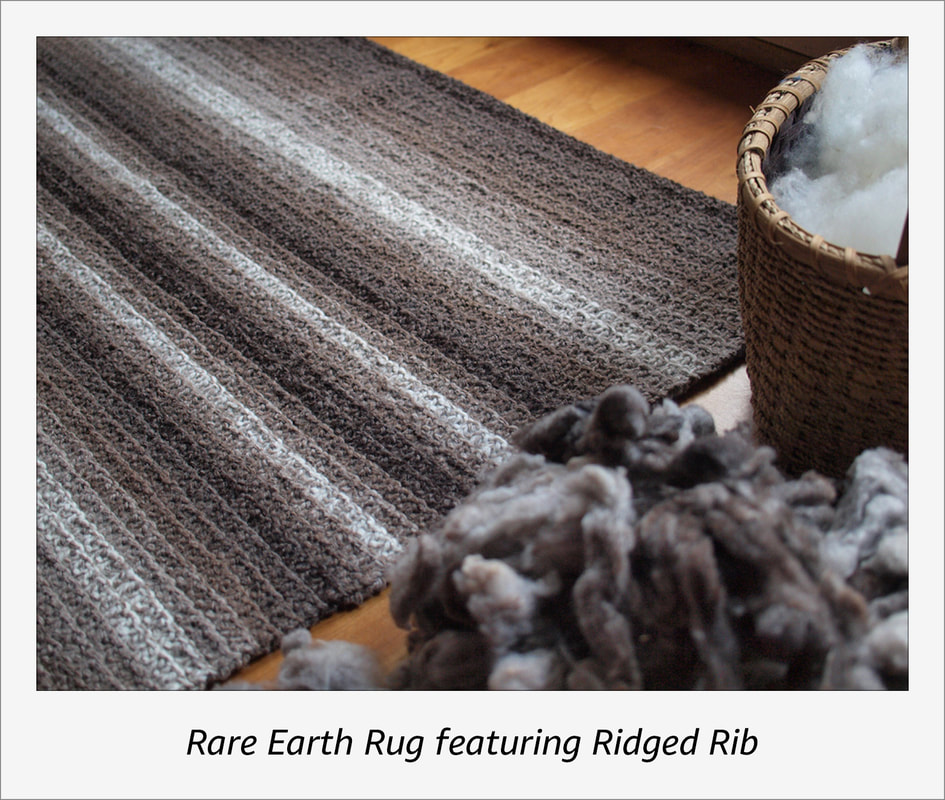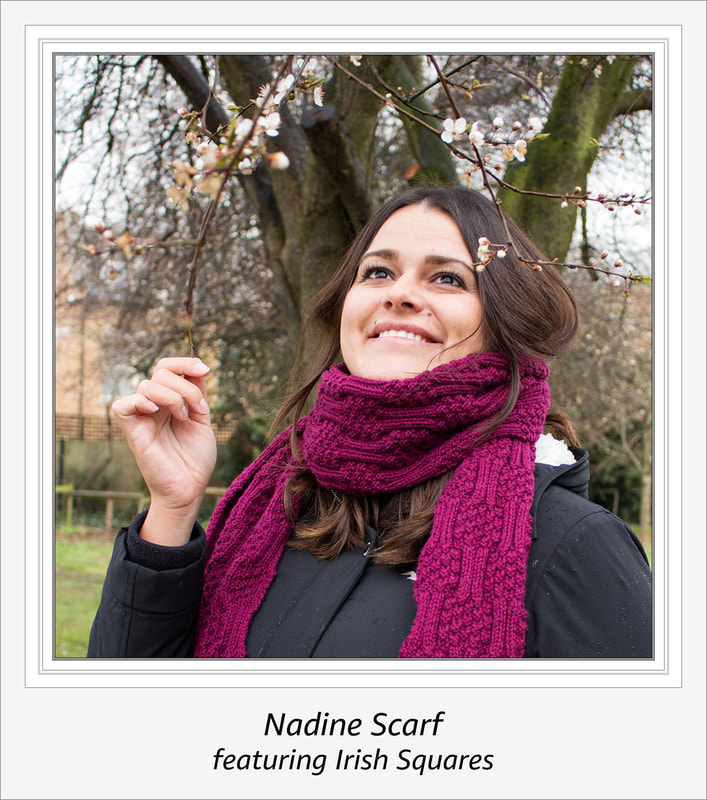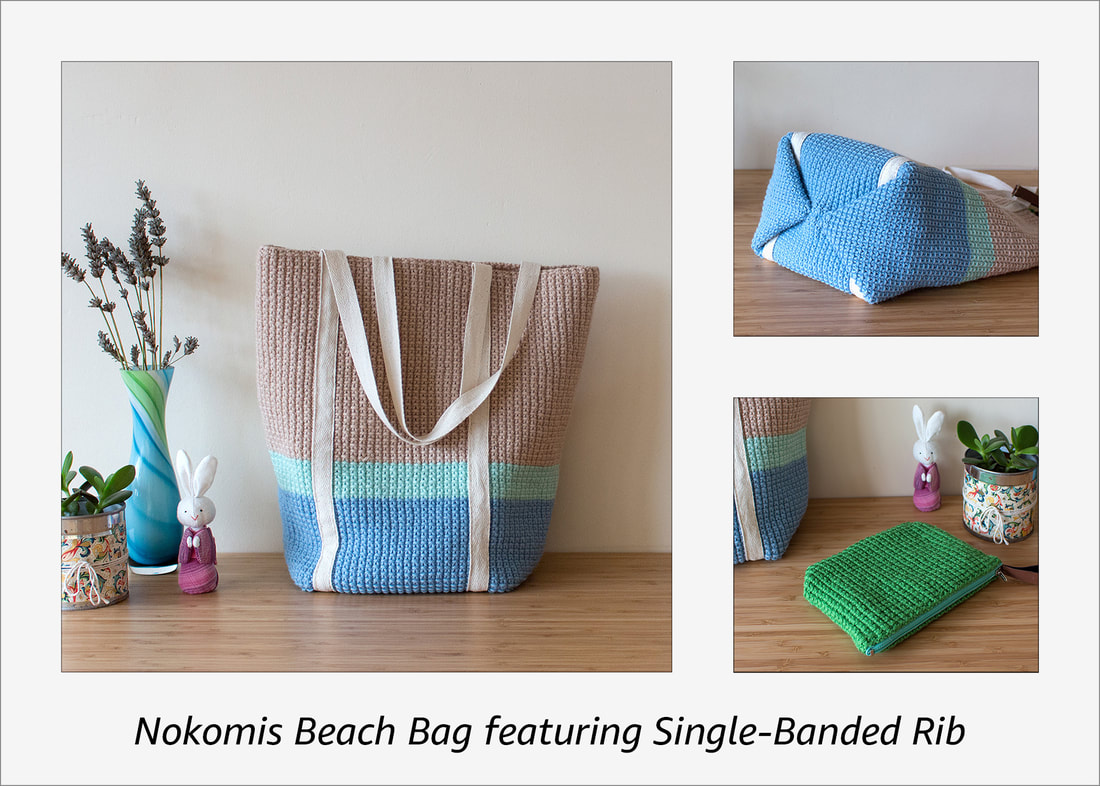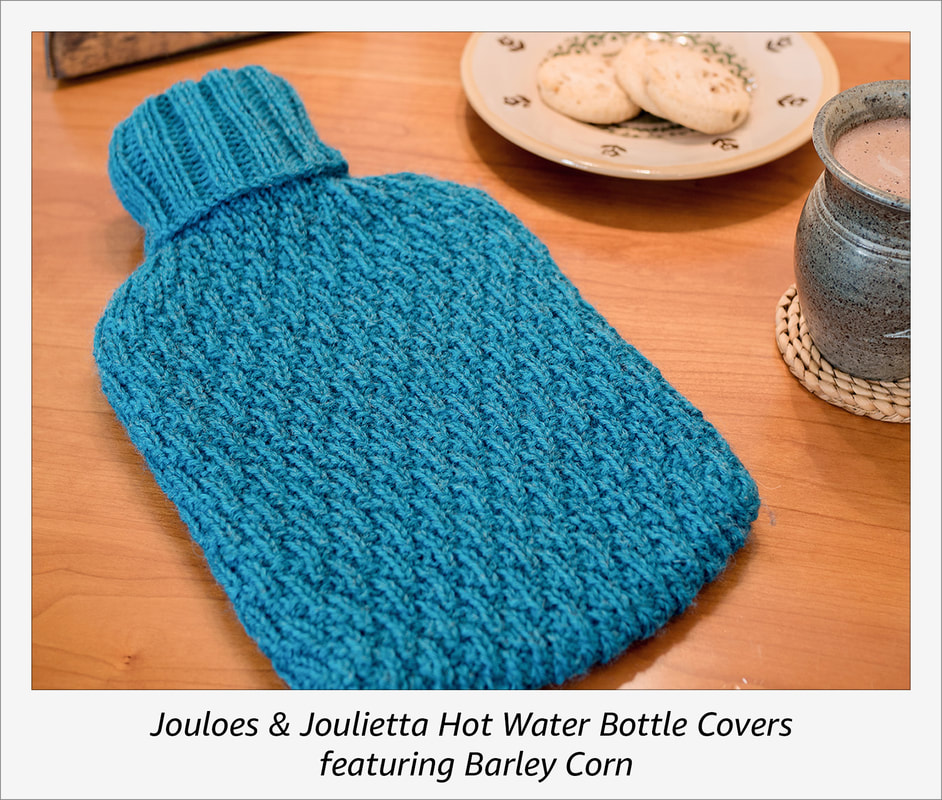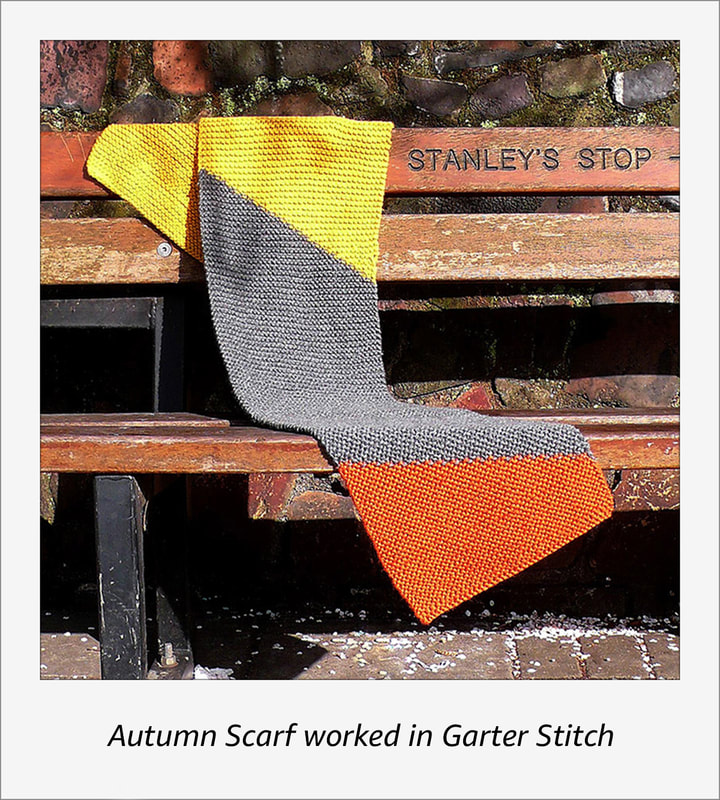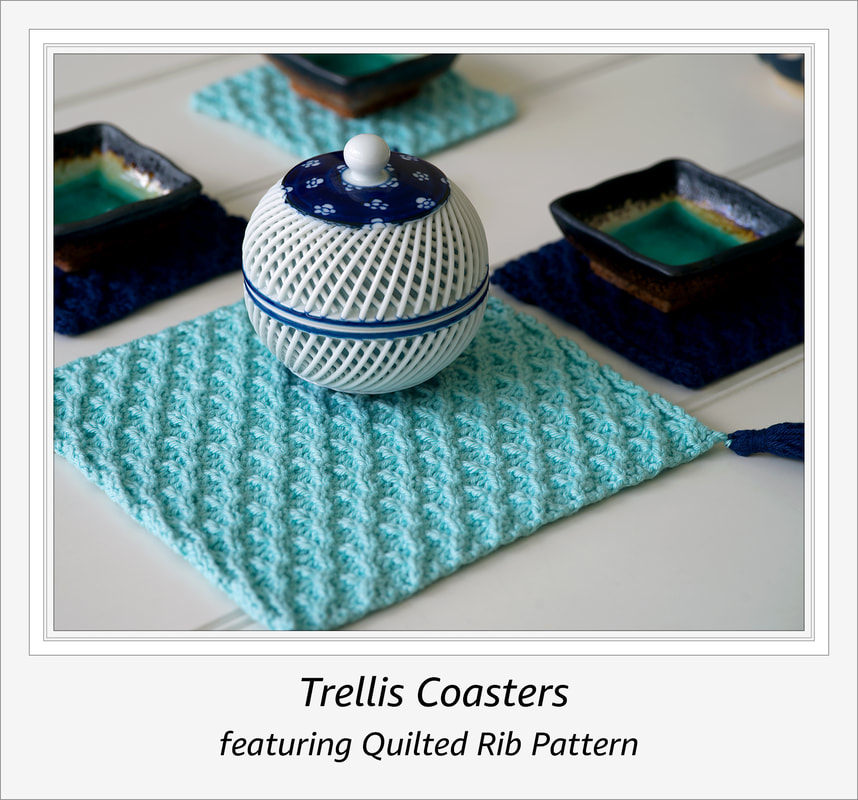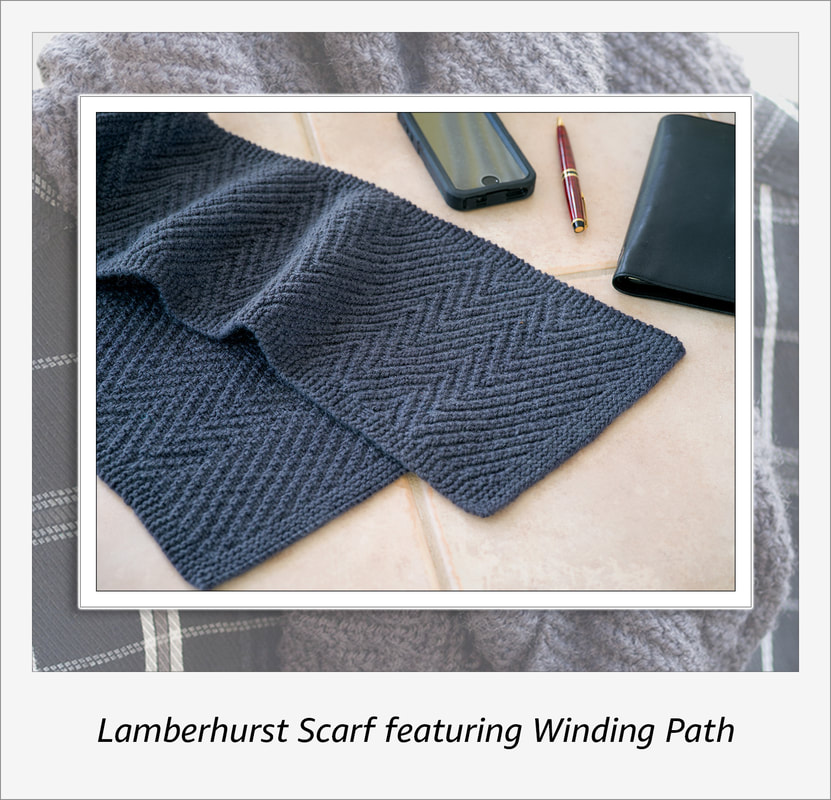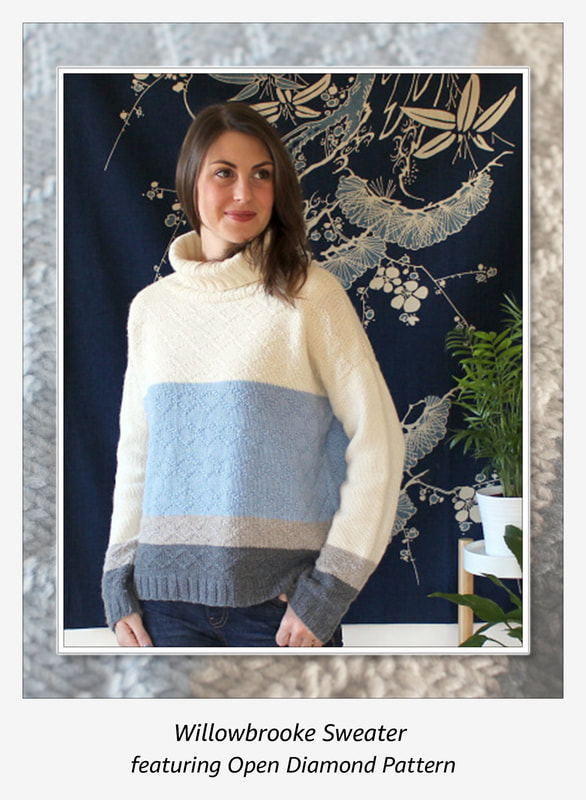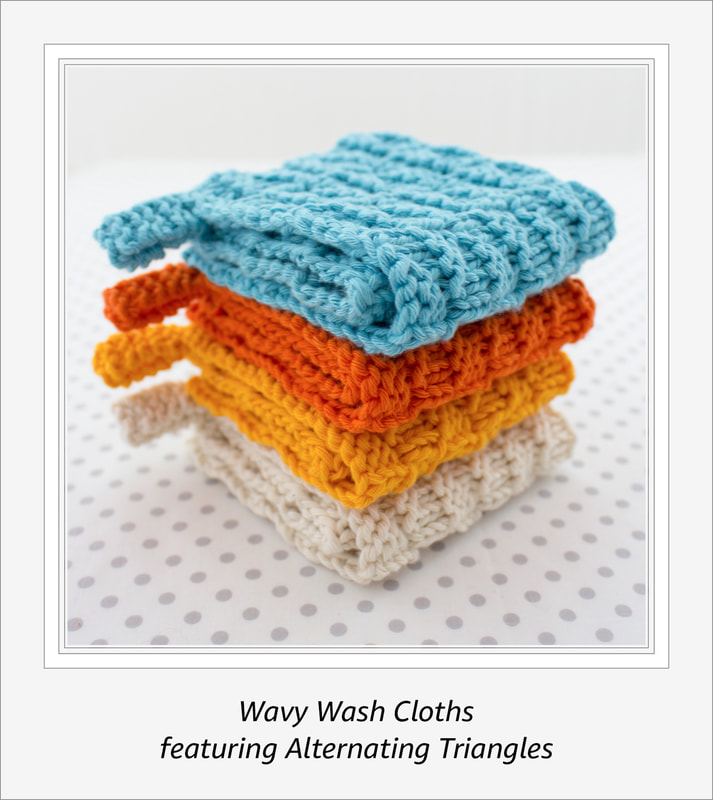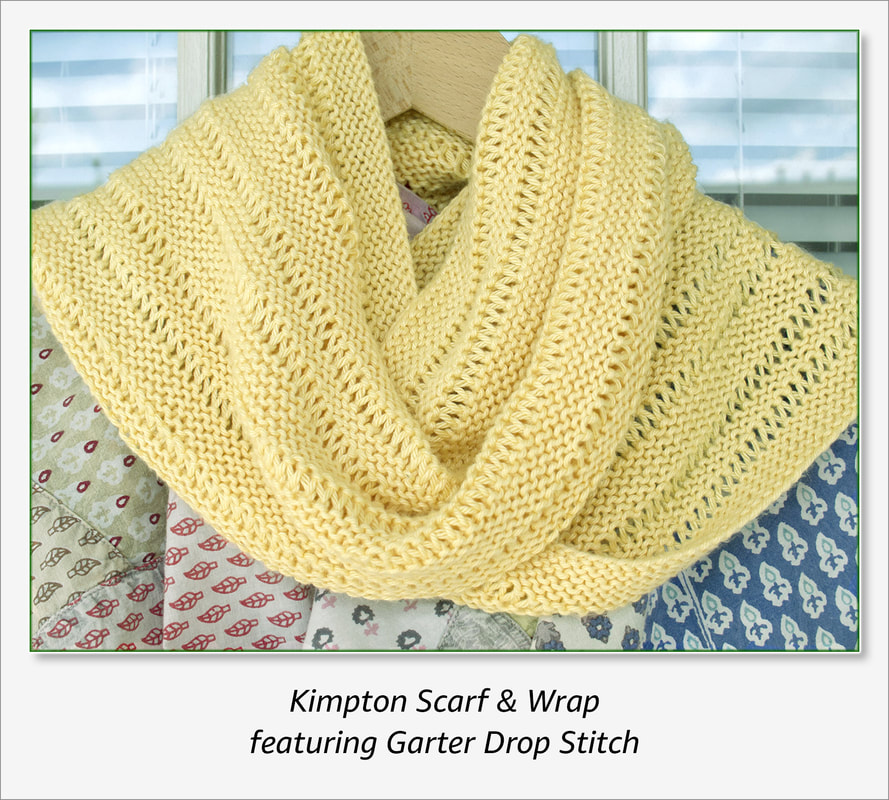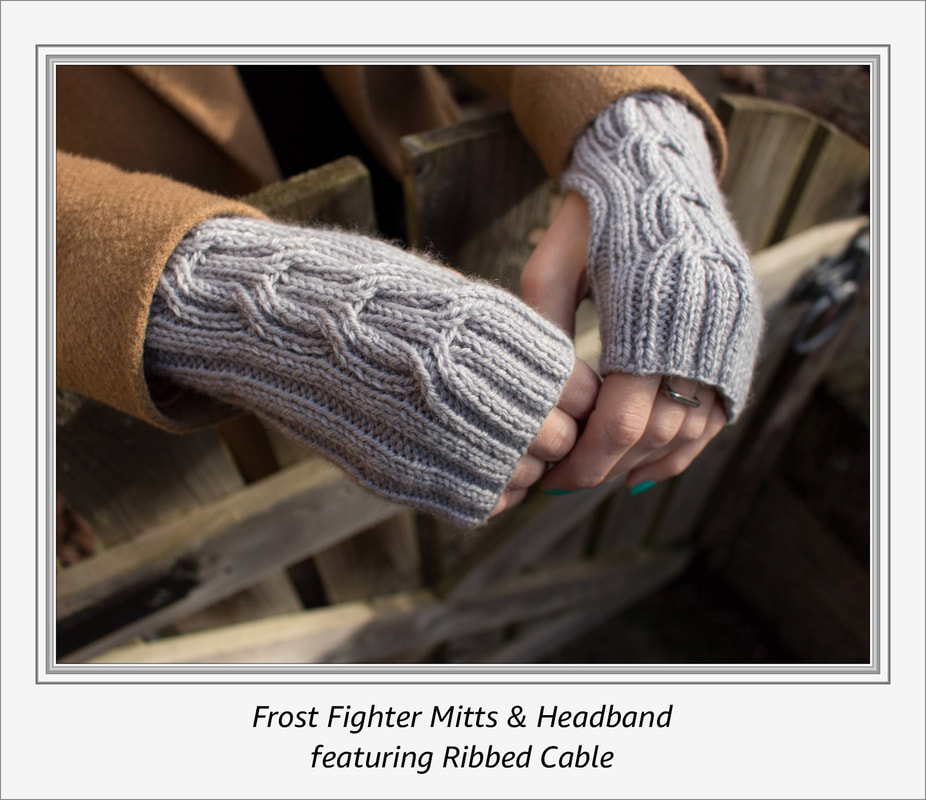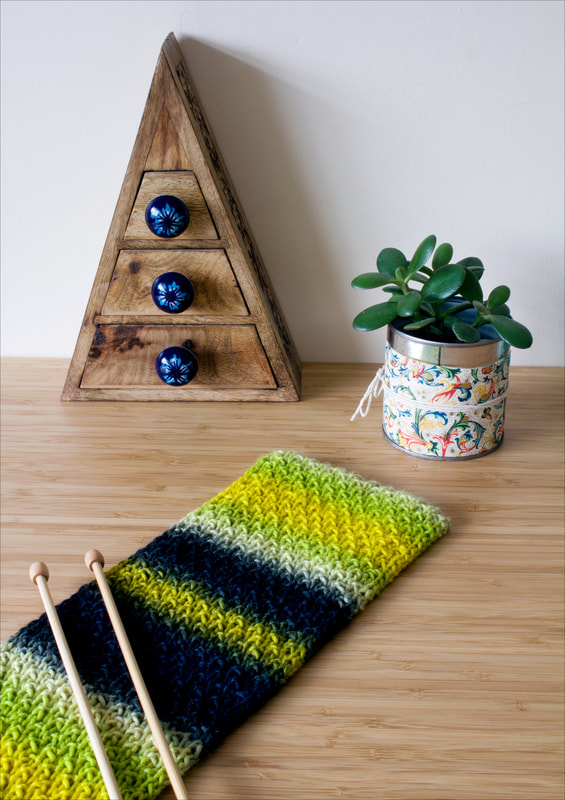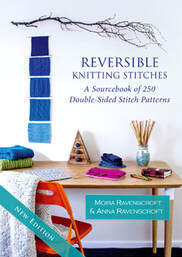WHAT'S IN THE BOOK – CHAPTER INFORMATION
Reversible Knitting Stitches features over 250 different double-sided stitch patterns to explore for your future knitting work. Each of the stitches has a full description including suggested uses for the stitch, photographs of both sides, a stitch chart and line-by-line instructions. In addition, there are photos of more than 80 project ideas to inspire you in your own design work.
The stitches are divided into twelve different chapters according to the appearance of the stitch:
The stitches are divided into twelve different chapters according to the appearance of the stitch:
|
CHAPTER 1 – ALLOVER STITCHES:
Some of the most beautiful double-sided patterns are those that produce an allover design. These are neat, regular patterns that give an easy, carefree feel to the finished item. The fabrics that result are perfect for cohesive knitted projects. Allover patterns can also be used as background stitches in a larger project and are an excellent choice for borders and trims, as in the Baby Blue Sweater featured here. |
|
CHAPTER 2 – SMALL BLOCKS & CHECKS
There are many knitting patterns that resemble woven materials and appeal to our sense of history and heritage. This is especially true of fabrics formed with regular blocks and checks. In fact, some of the stitches included in this chapter even have names such as Harris Tweed or Basketweave that show the inspiration for their patterning. These timeless designs are often relatively simple ones too, making them a good choice for larger projects, as in the Rare Earth Rug shown here. |
|
CHAPTER 3 – LARGE BLOCKS & SQUARES
When pattern elements combine together they can form interesting fabrics quite unlike the stitches from which they are formed. For example, blocks of stitches that tend to spread widthwise can force neighbouring ones to bend and flow around them, as in the Nadine Scarf featured here. Some of the patterns develop textural effects that even resemble quilted or woven designs. The stitch patterns in this section really demonstrate this quality, especially when used in large-scale projects. |
|
CHAPTER 4 – RIBBING
Ribbing patterns are widely used in knitting as they form an elastic fabric which can be used for edgings and cuffs. They are very regular stitches and almost universally double-sided. There are many variations and the stitches included in the book give just a sample of the possibilities available. Ribbed stitches can also be combined with slipped stitches to form stronger fabrics. For example, Single-Banded Rib has a most interesting texture and the strength to carry quite heavy weights – perfect for a sturdy bag such as the Nokomis Beach Bag shown here. |
|
CHAPTER 5 – VERTICAL DESIGNS
The stitches in Chapter 5 include some of the most organic stitch patterns of the whole collection. This is reflected in the names for these designs, with titles such as Bamboo Rib, Field of Oats and Barley Corn, which has been used in the Joules & Joulietta Hot Water Bottle Cover shown here. This chapter also includes some wonderfully textured patterns which are pleasing to knit and to use. |
|
CHAPTER 6 – HORIZONTAL DESIGNS
Simple, clean & modern, horizontal designs are pleasing and functional. They include the first stitch that most new knitters learn, Garter Stitch, and some of the many variations of that pattern. Although these are not complicated stitch patterns they can still produce wonderful results, as in the Autumn Scarf shown here. However, beyond these "easy" stitches this chapter also features some manipulated stitches which are fun to work. |
|
CHAPTER 7 – DIAGONAL DESIGNS
Diagonal designs are powerful and dynamic, producing strong patterns that draw attention to the final knitted item. Some of these are based upon old weaving charts and would produce beautiful afghans and blankets. This chapter has a large and very varied collection of knitting patterns, ranging from simple and easy stitches to highly complex patterns, such as Quilted Rib Pattern which has been used in the Trellis Coasters featured here. |
|
CHAPTER 8 – ZIG-ZAGS & CHEVRONS
Some of the most beautiful double-sided stitches are formed when combinations of stitches are put together to form chevrons and geometric shapes. The sharp angles and alternating patterns that result seem to capture an energy and dynamism which can be both modern yet also timeless. These patterns especially suit men's knitwear, as can be seen in the Lamberhurst Scarf shown here. |
|
CHAPTER 9 – DIAMONDS
Since earliest times, knitters have loved diamond stitch patterns. This is not surprising since they were often based upon well-known weaving and tile decorations that had originated in Arabia and Spain. They often have a beautiful textural quality, as in the Willowbrooke Sweater pictured here. This chapter includes many different diamond stitch designs. Some of these are small and subtle patterns which have a calming symmetry while others are much larger for bold, geometric statement pieces. |
|
CHAPTER 10 – TRIANGLES
Chapter 10 includes some of the oldest designs in the book. Some of these patterns can be found in old school knitting primers from Victorian times. Others derive from Scottish or Italian designs, and include stitches well-loved for their ability to form into regular folds – just perfect for traditional knitted kilts and skirts. However, although the patterns may be centuries old they can still produce wonderfully modern vibrant designs, as can be see in the Wavy Wash Cloths featured here. |
|
CHAPTER 11 – LACE & MESH DESIGNS
Reversible lace and mesh designs are some of the most prized stitch patterns for knitters as there are so few lace stitches that look good on both sides. These patterns are invaluable for items such as scarves and shawls, as in the Kimpton Scarf & Wrap shown here. They are also useful for curtains and other window treatments since these are seen from both inside the room and from outside. |
|
CHAPTER 12 – CABLES, TWISTS & TURNS
One of the most amazing discoveries in knitting is how designs can be made to flow in waves or angles just by the way knits and purls are juxtaposed. If you then add in the concept of physically moving blocks of stitches across and around each other to form cables, ropes and twists, then the possibilities seem endless. This final chapter in the book includes some of the starting points for those ideas. The Frost Fighter Mitts pictured here use the Ribbed Cable stitch from this chapter. This produces a wonderfully graphic texture while also being comfortable and warm to wear. |
Other resources in the book . . .
|
Introduction:
Each of the stitches has a full description including suggested uses for the stitch, photographs of both sides, stitch charts and line-by-line instructions. End Notes & Appendices:
|
|

